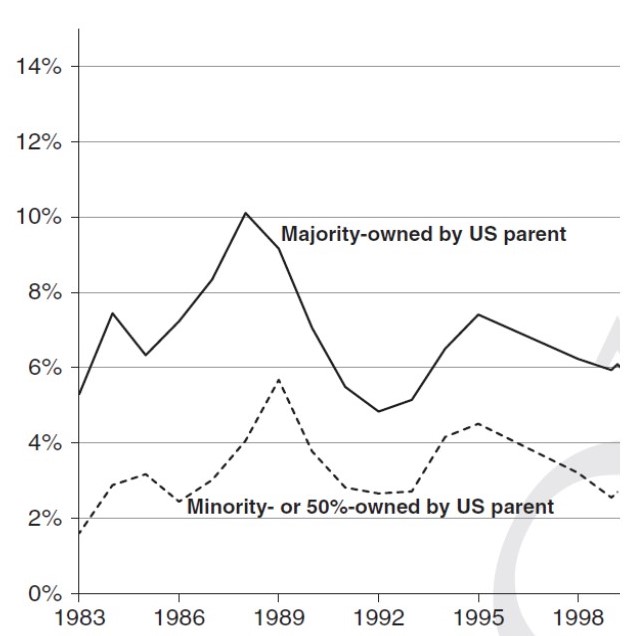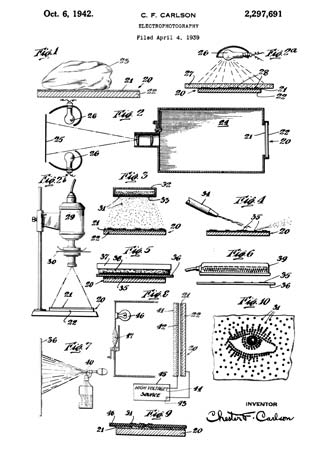By BENJAMIN GOMES-CASSERES, MAURICIO JENKINS, and PETER ZÁMBORSKÝ, in Farok Contractor and Jeffrey Reuer (eds.),
Advancing the Frontiers of Alliance Research, Cambridge University Press, 2019
We explore empirical patterns in the profitability of foreign affiliates of US multinational companies (MNCs). Historically, affiliates that were organized
as 50/50 or minority-owned joint ventures (JVs) have been less profitable than their majority and wholly owned ventures. The latter had roughly a 6 percent return on assets from the 1970s to the 1990s, compared to 4 percent for the joint ventures.
This pattern held across most industries and regions, though the size of this “profitability gap” varied. In the 2000s, this profitability gap narrowed
and even reversed itself in some years, regions, and sectors. To explain these patterns, we propose a simple model based on economics of project finance, classic FDI theory, and a combination of the resource-based and transaction-cost theories of the firm.
We argue that both the ownership structure and the profitability of a foreign venture are determined by the resources of the MNCs and of potential host country partners. The profitability gap then shows the revealed competitive advantage of US MNCs vis-à-vis local firms. We consider alternative explanations, which we do not think explain the full pattern observed. Finds and explores a striking empirical pattern: U.S. multinationals’ joint ventures abroad are substantially and systematically less profitable than their wholly owned ventures. Develops a framework for understanding ownership choice and profitability.
VIEW FULL PDF









